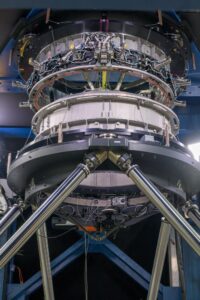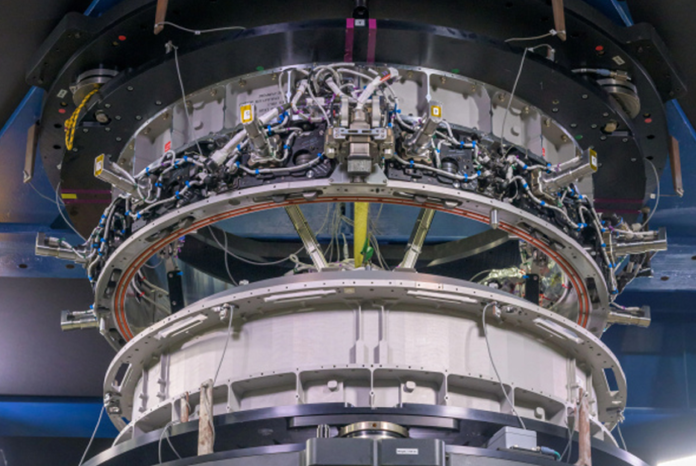Originally published by Ross Pomeroy — December 18, 2023
At its best, science communication can enlighten and entertain. At its worst, it can bore and misinform. Six days a week, RealClearScience endeavors to share science stories, news, and opinion from the first category. Here you’ll find articles from trusted sources penned by top notch writers who value evidence over ideology.
As we round up and deliver this content throughout the year, we take note of the websites that rise above the crowd, outshining the competition through deep reporting, regular updates, and devotion to truth. Here are the top ten of 2023:
Honorable Mentions:
Wired and Wired UK have deftly covered topics that directly affect modern society, such as climate change, commercial spaceflight, and artificial intelligence.
Stat is as dependable as ever on matters of health and medicine.
Enjoy reading about space? Then Universe Today is the site for you, touching on topics ranging from astrobiology to astrophysics.
The Top Ten:
10. Quanta Magazine — If you’re a regular reader of RCS, you’re well acquainted with Quanta. The outlet’s writers delve into complex science in a way few others do.
9. Science Alert — Science Alert is an independent science news outlet that provides accessible, evidence-based coverage of pretty much any matter that sparks curiosity. We’re consistently impressed by all of the fascinating research Science Alert discovers that other sources miss.
8. Big Think — Big Think features stories about big ideas, big questions, and big thinkers. Many of these topics can directly improve your life as well as society as a whole. (Disclosure: RCS Editor Ross Pomeroy regularly contributes to Big Think.)
7. The Conversation — At The Conversation, academics and experts write about the latest research, including their own. Readers thus receive perspective and details on complicated scientific topics they can’t find anywhere else.
6. Science Magazine — Science features stories vitally important to scientists and covers key breakthroughs with rigor and detail.
5. BBC — The BBC hosts various websites that provide curious readers with the knowledge they crave. BBC Science Focus shares articles of popular interest. BBC News provides daily coverage to keep you up-to-date. BBC Future shines a light on our ever-changing world.
4. Live Science — Live Science and its sister site Space.com have been dependable purveyors of science news for almost two decades now.
3. NewScientist — NewScientist is fount of science content from almost every discipline. (Sadly it’s almost entirely behind a paywall.)
2. Nature — A lot of scientific research and events have world changing ramifications, and thus require journalists to cover them with the utmost care. The reporters at Nature perform this vital role admirably.
1. Ars Technica — This is Ars Technica’s third year in a row leading RCS’ year end countdown. As long as Ars’ dedicated, experienced team of writers stays put, it’s hard to see any other outlet dislodging the website from its lofty and deserved pedestal.
This article was originally published by RealClearScience and made available via RealClearWire.







Eruption in Reykjanes, Iceland Imminent
In this episode of Deep North News, it may have already happened: yet another eruption in Reykjanes. If so, this will mark the fourth one since last December. What will this mean for visitors to Iceland, or moreover, the people of Grindavík?
Deep North News brings you all of Iceland’s top stories, every week, with the context and background you need. Be sure to like, follow and subscribe so you don’t miss a single episode!
Listen to the Deep North News podcast below: